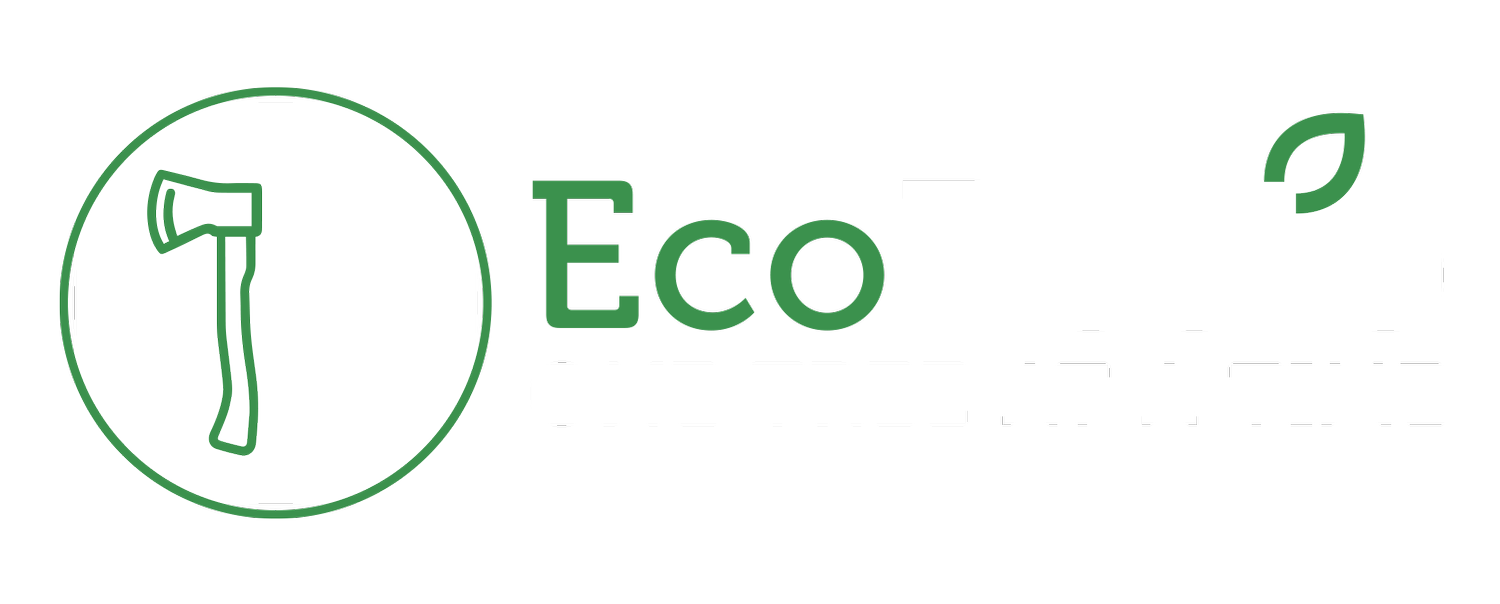It’s all in the technique
Ecological restoration projects in New Zealand face many challenges, including invasive species and habitat degradation caused by human activity. Choosing the right ecological restoration techniques is crucial to achieving successful outcomes. The key activities are pest plant and animal control and revegetation.
Pest animal control is necessary in many restoration projects, particularly those that aim to restore habitats that have been impacted by invasive species. Invasive animals can destroy native vegetation, compete with native wildlife, and spread diseases. The selection of pest animal control techniques should be based on the specific pest species present, the ecological needs of the site, and the desired outcomes of the restoration project.
Trapping and shooting are a commonly used pest animal control techniques in New Zealand. Traps can be used to target specific pest species and can be very effective at reducing pest populations. Trapping is a humane technique that does not harm non-target species. Shooting, likewise, is very targeted but also quite labour intensive (and hazardous, obvs).
Poisoning is another commonly used pest animal control technique. Poisoning can be used to target pest species that are dispersed over a large area, such as rats, possums, or wallabies. It is important to use poison carefully to minimize the risk to non-target species.
Fencing is another effective technique for controlling larger pest animals. Fencing can be used to create predator-free enclosures, allowing native wildlife to thrive without the risk of predation or browse by invasive animals.
In addition to pest animal control techniques, pest plant control is also an important consideration for ecological restoration in New Zealand. Pest plants can outcompete native vegetation and reduce biodiversity. Techniques such as mechanical removal, herbicides, and biological control can be used to control invasive species. Again, it’s about choosing the right approach to maximise the potential of limited resources. Our top tools are a good chainsaw, a one liter ‘stumpy’ from Solo for herbicide, a 15-liter knapsack, and a pair of good gloves. With those tools available to you it will be possible to handle almost any pest plant issue.
Without a doubt, choosing the right ecological restoration techniques is critical to the success of restoration projects in New Zealand. Pest plant and animal control, in addition to tree planting forms the backbone of many restoration projects. The selection of techniques should be based on the specific needs of the site and the desired outcomes of the restoration project. Working with experienced professionals such as EcoResto can help ensure that the most appropriate techniques are selected for each restoration project.

